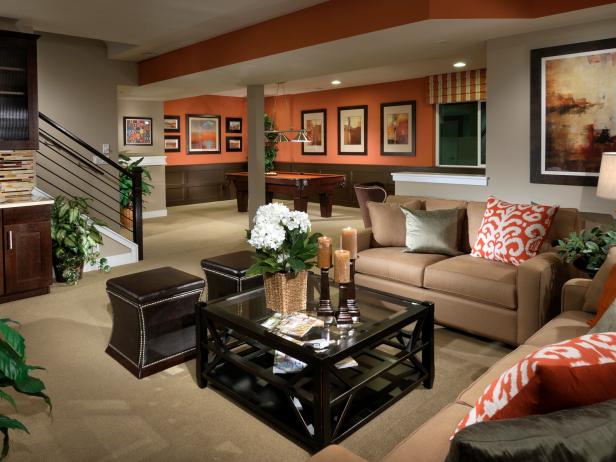Regarding home renovation, color is one of the most critical factors. It can set the mood of a room, influence our emotions, and affect our behavior. Color psychology is the study of how colors affect our thoughts and feelings, and it can be a valuable tool for choosing the right hues for your home renovation.
Understanding Color Psychology
Color psychology is based on the idea that different colors can evoke different emotions and reactions in people. For example, blue is often associated with calmness and tranquility, while red is associated with excitement and energy. Different colors can also have different cultural and personal associations, further influencing our reactions.
When choosing colors for your home renovation, it’s essential to consider the psychological effects they may have on you and your family. For example, you might choose cool and calming hues like blue or green to create a relaxing and peaceful atmosphere in your bedroom. You might choose warm and vibrant hues like red or orange. It will create a lively and energizing space in your living room.
Using Color Psychology in Home Renovation
There are several ways to use color psychology in your home renovation. Here are a few tips:
- Consider the function of each room. Different rooms have different functions, and your chosen colors should reflect that. For example, you might want to choose colors that promote focus and productivity in a home office. In contrast, you might want to choose colors that encourage creativity and imagination in a child’s playroom.
- Choose colors that complement each other. When choosing colors for a room, it’s important to consider how they will look together. You can use color wheels or online tools to help you choose complementary colors that work well together.
- Use accent colors to add interest. Accent colors can add interest and depth to a room. For example, if you have a neutral color scheme, you might add a pop of color with an accent wall or colorful accessories.
- Consider the lighting in each room. The lighting in a room can affect how colors appear. For example, warm lighting can make colors look more yellow or orange, while cool lighting can make them look more blue or green.
- Don’t be afraid to experiment. A color is a powerful tool, and it’s okay to experiment with different hues and combinations to find what works best for you and your home.
Choosing Colors for Different Rooms
- Living Room: The living room is often the hub of the home, where families gather to relax and socialize. Warm colors like red, orange and yellow can create a welcoming and energizing atmosphere, while cool colors like blue and green can create a calming and relaxing space. Neutral colors like beige and gray can provide a backdrop for bold accent colors.
- Bedroom: A bedroom is a place for relaxation, so it’s important to choose colors that promote a sense of calmness and tranquility. Cool colors like blue and green can help promote relaxation and sleep, while warm colors like red and orange can be too stimulating for a restful sleep. Neutral colors like beige and gray can also work well in the bedroom.
- Kitchen: The kitchen is often the heart of the home, where families gather to cook and eat together. Warm colors like red and orange stimulate the appetite and create a lively atmosphere, while cool colors like blue and green create a calming and refreshing space. Neutral colors like beige and white can provide a clean and classic look.
- Bathroom: A bathroom is a place for relaxation and self-care, so choosing colors that create a spa-like atmosphere is important. Cool colors like blue and green can create a calming and refreshing space. Neutral colors like white and beige create a clean and serene atmosphere. Accent colors like soft pastels or muted earth tones can add interest and depth to the space.
- Home Office: The home office is a space for productivity and focus. Cool and calming colors like blue and green can promote concentration and creativity. While warm and vibrant colors like yellow and orange stimulate energy and motivation. Neutral colors like gray and beige can provide a professional and classic look.
Color Trends for Home Renovation
Color trends in home renovation change yearly, but some colors have a timeless appeal. Here are some current color trends for home renovation:
- Earthy Tones: Shades of brown, beige, and green are popular for creating a calming and natural atmosphere in the home.
- Jewel Tones: Deep shades of blue, green, and purple can add richness and sophistication to a space.
- Neutrals: Shades of white, gray, and black provide a classic and timeless look that can be easily accented with pops of color.
- Pastels: Soft shades of pink, blue, and green can add a delicate and feminine touch to a space.
- Bold Accents: Bold and bright accent colors like red, orange and yellow can add energy and excitement to a neutral color scheme.
Conclusion
Choosing the right colors for your home renovation can have a powerful impact on the mood and atmosphere of your space. Whether you choose timeless neutrals or bold accent colors, remember to have fun and experiment with different hues to find what works best for you and your home. By understanding color psychology and considering the function of each room, you can create a home that reflects your style and enhances your well-being.
Contact BTBT Home Renovators for your home renovation project!

